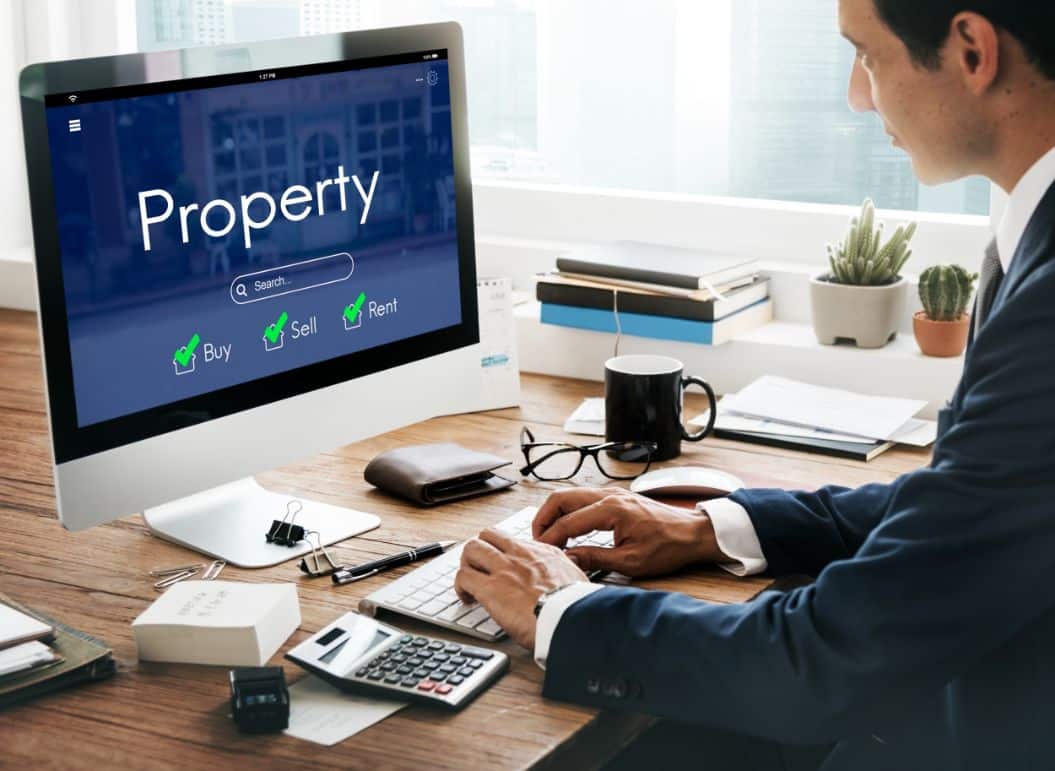Understanding the Basics of LIHTC: An Introduction to Low-Income Housing Tax Credits - The Facts

LIHTC Programs, likewise recognized as Low-Income Housing Tax Credit Programs, participate in a crucial function in uniting the void in economical housing. These programs are made to incentivize exclusive programmers to develop and preserve economical rental casing for low-income individuals and loved ones. Through providing income tax credit scores, LIHTC courses not only urge the development of new economical real estate systems but likewise ensure their long-term affordability.

The scarcity of inexpensive real estate is a considerable obstacle experienced through numerous areas across the United States. Along with climbing leas and inactive wages, low-income individuals and loved ones often strain to discover safe and decent housing choices within their means. This variation between supply and need has led to an increase in being homeless and a downtrend in general quality of life for lots of prone populaces.
LIHTC courses attend to this issue by giving monetary motivations to developers who commit to constructing or fixing up rental properties that fulfill specific affordability criteria. The income tax credits granted under these plans may be used by creators to balanced out their government income tax liability over a duration of 10 years or even more, relying on the system rules.
One of the essential advantages of LIHTC courses is that they leverage personal assets dollars to create cost effective property units. Through relationships along with state real estate financial companies, programmers may protect financing from both public and personal resources. This collaboration makes it possible for for a much more effective usage of information while making certain that budget friendly real estate tasks are monetarily viable in the lengthy run.
In addition, LIHTC plans ensure area development through encouraging mixed-income areas. Inexpensive housing advancements usually consist of a mix of market-rate units alongside those assigned for low-income households. This combination helps minimize attention of poverty and fosters social communication within communities.
In add-on to dealing with the immediate requirement for inexpensive housing, LIHTC courses possess numerous other good effects on nearby economic climates. The building and construction and function of cost effective casing jobs create work in several industries such as development, building monitoring, maintenance, and helpful services. These job chances deliver economic reliability for individuals and households while providing to the general growth of the neighborhood.
On top of that, LIHTC programs possess a multiplier effect on regional economic climates. When locals have get access to to affordable property, they can easily assign even more of their income towards various other important needs such as medical care, education and learning, and transport. This improved costs promotes local services and supports work production in sectors beyond the real estate business.
LIHTC programs also prioritize power efficiency and sustainability in affordable housing ventures. Creators are encouraged to integrate environment-friendly body practices and make use of energy-efficient modern technologies, lessening each running expense for occupants and environmental impact. By ensuring ecologically accountable techniques, LIHTC courses contribute to the total sustainability objectives of neighborhoods.
It is worth discussing that LIHTC programs have been effective in increasing the supply of budget-friendly rental housing throughout the country. Since single family home in 1986, these systems have financed millions of systems for low-income households. The adaptability of LIHTC enables it to be customized to comply with details regional demands and priorities, helping make it a flexible device for taking care of budget-friendly casing problem at local amounts.
In conclusion, LIHTC systems play a critical part in bridging the gap in affordable casing by incentivizing personal designers to develop and sustain rental residential properties for low-income individuals and loved ones. These courses leverage exclusive expenditure dollars while making sure long-term affordability by means of tax obligation credits. Through marketing mixed-income communities, sustaining economic development, fostering sustainability, and generating project opportunities, LIHTC systems not only deal with instant casing necessities but also contribute to overall community progression. Via their carried on assistance and expansion, LIHTC programs can easily help make substantial strides in the direction of closing the affordability space nationwide.
